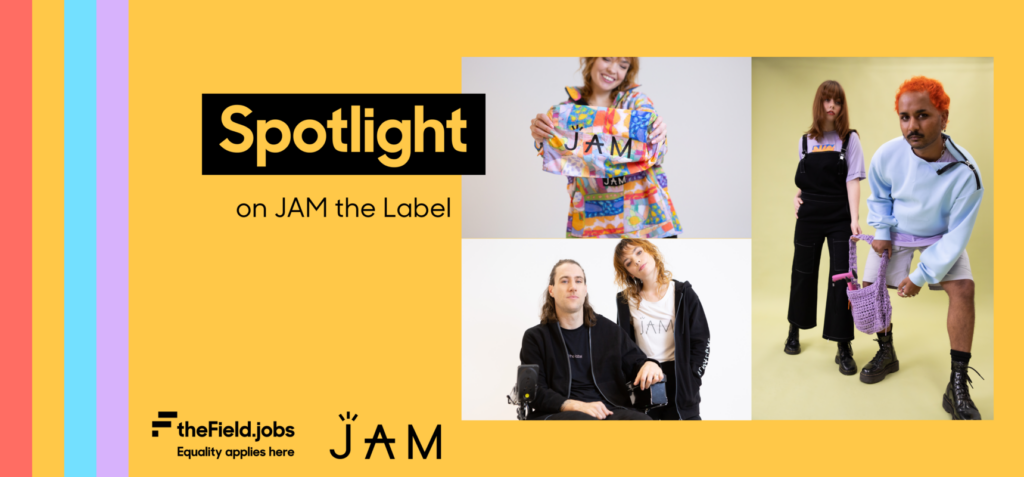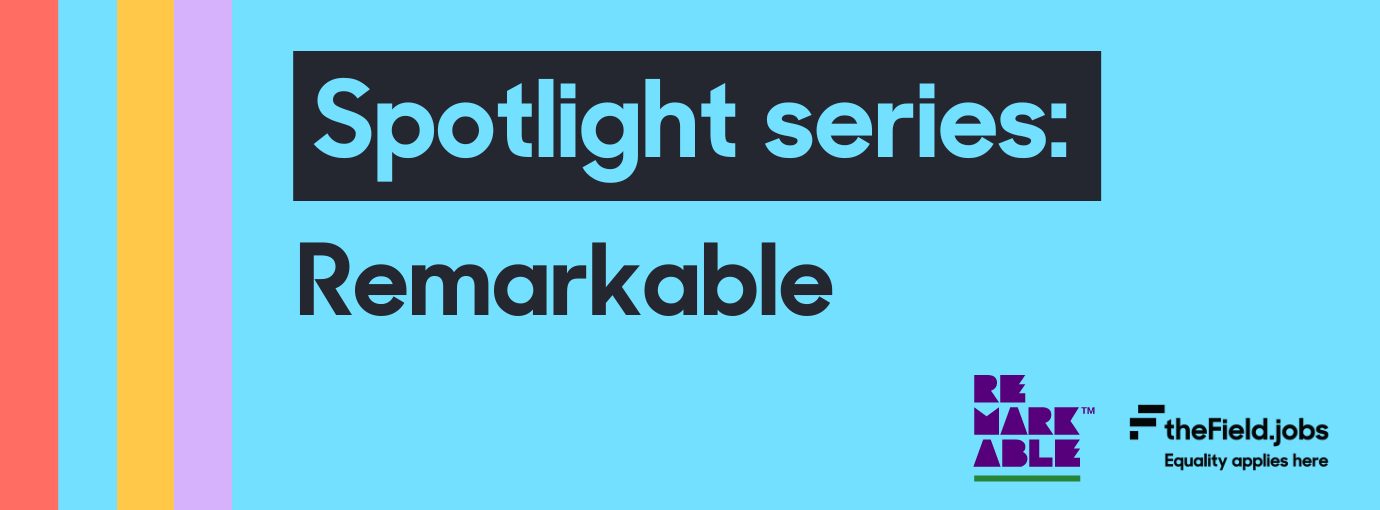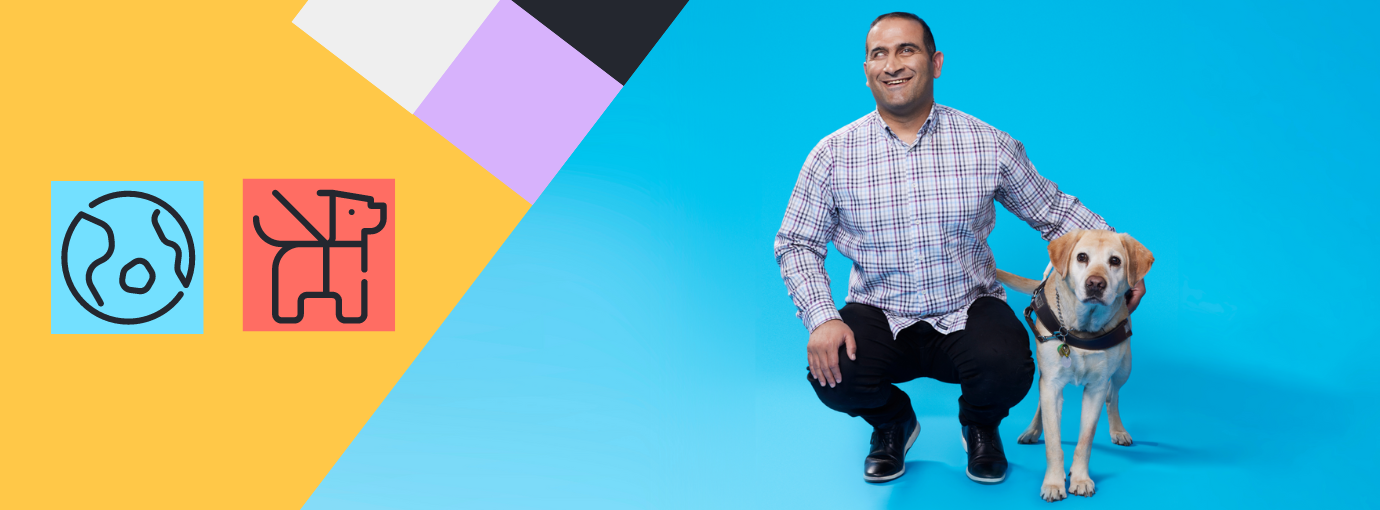For our Spotlight Series this month, we chatted with Emma Clegg and Molly Rogers, the founders of inclusive fashion brand, JAM the Label.
JAM the Label was founded in 2019 and is already making waves in the Australian fashion industry. With their mission to “promote self-expression, independence and dignity by providing stylish, inclusive fashion opportunities for all”, the label has been showcased at large events, including at Australian Fashion Week. Having released their first capsule collection this year, JAM has really exciting things on the horizon as they bring more fashion forward and inclusive options to the clothing market.
We love what JAM is doing, and we sat down with Emma and Molly to discuss creating the label, as well as all things disability fashion.
the Field:
We love JAM the Label at the Field. Tell us about JAM and the idea behind inclusive fashion. How did it come about and why is it so important to you?
Emma:
Molly and I are both occupational therapists (OTs) and disability support workers. We met while we were studying OT at uni. At the time, Molly was working as a disability support worker with Jack, and I worked with Maddie. One thing that we would always end up talking about was the difficulty dressing that both Maddie and Jack experienced as full-time wheelchair users. Everything that was easy for them to wear was super daggy. Molly and I would say to each other, we don’t have to choose between function and fashion, so why do Jack and Maddie? So that’s when we thought of the idea for inclusive clothing and named JAM after Jack and Maddie.
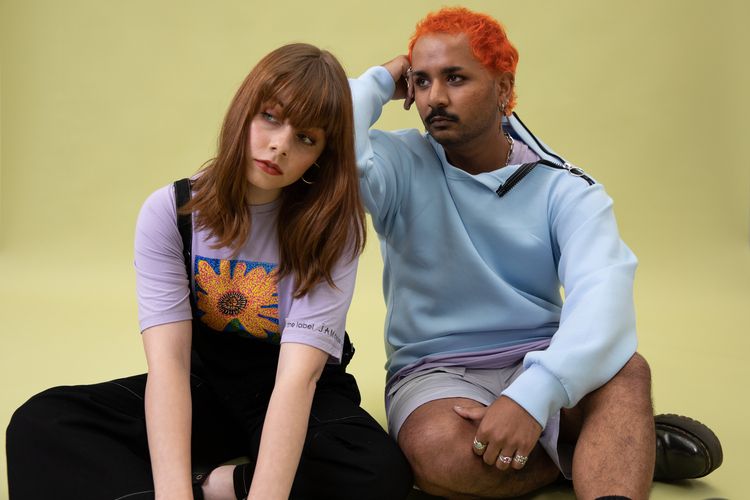
the Field:
When you’re designing inclusive clothing, what are some of the things that are really key to the design process?
Molly:
We look at it a couple of ways. We look at the actual act of dressing – how someone is putting clothes on or being assisted to put clothes on. Then we look at how comfortable someone is wearing the clothes. We want to make sure it’s super comfortable and as easy as possible to get on.
the Field:
Do you collaborate with designers?
Molly:
Yes, we collaborate with people with lived experience as much as possible. JAM has a design consultation committee who have a really varied range of lived experience, and who we speak to before we create any of our items. We employ them to share their experiences with us and tell us about their dressing routine and needs, and then incorporate that into our designs. We also collaborate with artists with disability to create funky artwork to go on our clothes. For our first capsule collection, we worked with a junior fashion designer with disability (Rachel Shugg) to create that first range.
the Field:
While we’re on the topic, how have people with disability contributed to the brand itself, the design, and your overarching organisation?
Emma:
One of our core values from the very start was collaboration, because Molly and I don’t identify as having disability. Both of us have experience as occupational therapists and disability support workers, but that’s not the same having lived experience. We have said from the start, that we want to create items that are meaningful to those that will be wearing them, and based on feedback from the community. As well as the design consultation committee Molly mentioned, our website is really accessible, and it’s easy for people who have suggestions to be able to contact us. We use that feedback and constantly apply it to our designs, the shopping experience and our marketing materials.
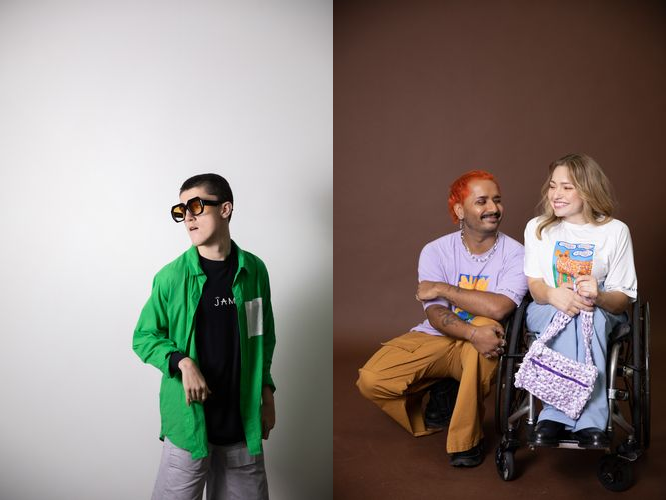
the Field:
You’ve shown your clothing on the catwalk at some of the biggest fashion shows in Australia, including Australian Fashion Week. Why is being part of events like AFW important to the work you’re doing? What message does it send to the broader fashion community?
Molly:
That was huge for us. In the industry we speak a lot about inclusion in marketing, and that’s so important and a good step forward, but we think the next step is the actual consideration of people with disability. We often discuss the importance of our clothing being on the runway helping to show that it’s about more than just marketing. It’s considering people with disability in the design process as well. For our Fashion Week show, it was the first time people with disability had seen themselves considered within the design process and on the runway. They weren’t just popped into mainstream clothing, but considered the whole way through, which was a really special message.
the Field:
At the Field, one of our long-term hopes is that hiring practices will keep improving, and eventually our site won’t be needed. Do you have a similar hope that one day clothing will just be accessible, and people will be able to wear whatever they want?
Emma:
Yes, and rather than mainstream brands creating a separate, adaptive line, and ticking the box, they incorporate accessibility as standard practise. But there’s just a long way to go before the industry understands the need for that.
Molly:
There are also simple changes to improve accessibility like print on labels instead of tags. Every fashion brand could make easy fixes like that to make that first step towards inclusion. We definitely try to lead by example and show that it can be done. Sometimes the design features are quite involved, but a lot are quite simple adaptations that are really easy to implement.
the Field:
And you’re really trying to bring it into the mainstream, rather than create something separate for people with disability.
Molly:
Exactly. That’s why we call our clothing inclusive at the forefront, rather than adaptive. We want it to include people with disability and be universally designed so that anyone can wear our clothes, rather than more segregated equipment-based products.

the Field:
Obviously models with disability best represent your customers. Was it a challenge to find models with disability?
Emma:
This is something we’ve been passionate about from the start. When we first started JAM, Jack and Maddie were our first models, which was obviously very sentimental to us and a great personal connection.
When we wanted to employ more models with disability, we went straight to the modelling agencies, as any brand would, and we realised there were very few models with disability employed or signed through the agencies. We worked with models like Jason Clymo to make those connections in the industry. But in the last two years, so many agencies now employ or have signed models with disability. We always push brands to go to the agencies to employ people with disability, because then the agencies understand the demand and sign more models. There are a couple of agencies that are really great for working with people with disability, Zebedee and WINK Models, who we work with a lot.
the Field:
Do you think the push toward stronger social responsibility within organisations and brands is a key part of that as well?
Emma:
Definitely. As Molly said, the first step toward inclusion is diversity within marketing campaigns. Something a lot of brands can still learn when they hire someone with disability in their campaigns is that the shoot still needs to be accessible. We heard a lot of feedback, particularly in the early days, from models who were hired to do a job, and then showed up on set to find it was completely inaccessible for them. That’s where we try to educate other brands that yes, you definitely need to include models with disability, but it’s not enough to simply tick the box.
Molly:
I think one thing that’s so cool with the Field is that all the questions businesses need to fill in to post a job on your website are the exact things they should be thinking about in terms of access. For example, if someone’s coming to an interview, can they access the building? Those are exactly the same things that someone at a photo shoot needs to think about. Is there an accessible toilet? Are the hallways wide enough? Are doors wide enough for wheelchair users? It’s those other steps that lead to true inclusion.
the Field:
And adding to that, creating an environment where models can share that information is really key.
Molly:
Yeah. We always encourage people to ask for someone’s pronouns, their dietary requirements and their accessibility needs, just off the bat to every single person that we work with. Someone might not have a physical disability, but they may have different accessibility needs.
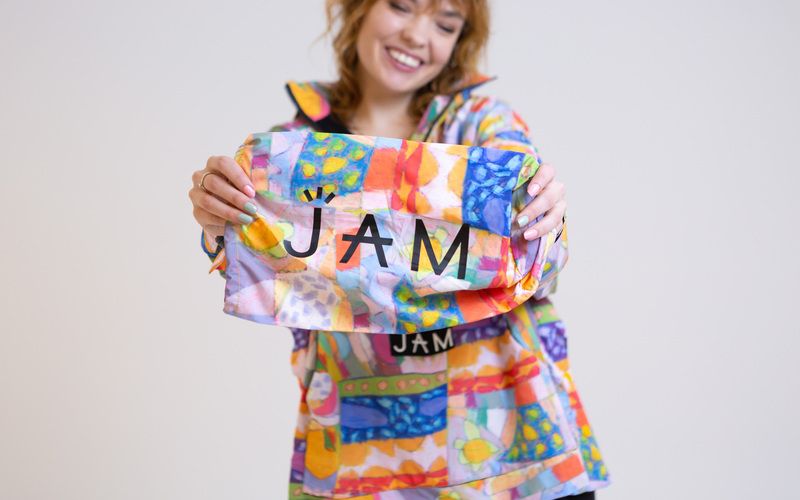
the Field:
Slight change of pace now, if you had to recommend three pieces of clothing for someone to wear to an interview or work, what would you recommend?
Molly:
At the moment, we’ve got our essentials collection, which has wardrobe staples. As Emma said, we’ve also just released our first capsule collection, which we worked on with Rachel Shugg. A lot of feedback we got early on was from people with disability who were going into the workforce for the first time or heading to job interviews with nothing to wear. So we’ve got some great pants and linen shirts, which meet a really wide range of dressing needs.
Emma:
I can still picture the emails we were getting to this day of people saying they were having to wear leggings or trackies every day to work. So we have our chinos, which essentially get put on like trackies, and feel like trackies but look great like chinos. For so many people in the workforce, particularly in a corporate environment, it was important that they were wearing pants similar to their peers and colleagues. So the chinos are a great pair of pants. Very versatile, and really accessible.
the Field:
We love following JAM – what’s next for the team?
Emma:
As we mentioned, we’ve just launched our first capsule collection. We’re really excited to see the community response to these pieces that are a bit more fashion forward. We’re hoping that if it’s a good response, we’ll continue to release new capsule collections once a year. This will provide more options to people with disability, because we believe people with disability deserve more than just wardrobe staples. So seeing the response to that in the next six months will be really important to see.
